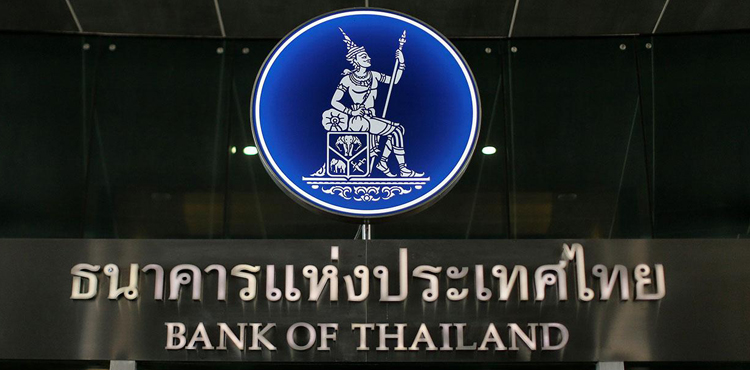
MPC Maintains Policy Rate at 0.50%, Expecting Economy to Grow 3.4% and 4.7% in 2022-23
The Monetary Policy Committee voted unanimously to maintain the policy rate at 0.50 percent.
On 22 December 2021, the Monetary Policy Committee (MPC) voted unanimously to maintain the policy rate at 0.50 percent, effective immediately.
The Committee assessed that the Thai economy would continue to recover. Headline inflation increased temporarily mainly due to energy prices, but there remained a need to monitor developments of global inflation and cost pass-through. Meanwhile, the spread of the Omicron variant would be a key risk to the economic outlook and therefore warranted close monitoring. The Committee viewed that the continued accommodative monetary policy would help support overall economic growth, and thus voted to maintain the policy rate. In addition, the ongoing financial and fiscal measures, with the focus on rebuilding and enhancing potential growth, would play an important part in bolstering the robust recovery of income.
The Committee expected that the Thai economy would grow 0.9 percent in 2021 and would continue to expand 3.4 and 4.7 percent in 2022 and 2023, respectively, driven by domestic spending and a gradual improvement in foreign tourist figures. Meanwhile, the recovery in various business sectors was expected to improve in line with economic activities. The Committee assessed that the Omicron outbreak would affect the economy in early 2022. The impact could be more severe and prolonged than expected due to downside risks such as the severity of the outbreak and the strictness of corresponding containment measures. However, there remained a need to monitor the labor market recovery, especially with regard to employment and income which were still below pre-pandemic levels.
Inflation was expected to remain within the target in the medium term, with headline inflation projection at 1.2, 1.7, and 1.4 percent in 2021, 2022, and 2023, respectively. Headline inflation increased temporarily due to supply-side factors, particularly energy prices, which were expected to subside in the second half of 2022. The likelihood of second-round effects remained low due to limited cost pass-through given the slow economic recovery as well as weak employment and labor income. Nevertheless, the Committee assessed that headline inflation would be subject to upside risks given higher global inflation and thus warranted close monitoring.
Overall liquidity remained ample, but credit risks continued to pose a challenge to liquidity distribution, particularly to SMEs. Government bond yields were mostly unchanged. On exchange rates, the volatility of the baht relative to the US dollar remained high due to uncertainties surrounding the COVID-19 situation which could escalate as well as monetary policy in advanced economies amid high inflationary pressures. The Committee would closely monitor developments in both global and domestic financial markets, and continue to expedite the new foreign exchange ecosystem, particularly through supporting SMEs in hedging against risks from exchange rate volatility.
The Committee viewed that the government measures and policy coordination among government agencies would be critical to support the economic recovery. Public health measures should strike a balance between containing the outbreak and supporting the recovery of economic activities. Fiscal measures should support the economic recovery in a targeted manner, with a focus on generating income and expediting measures to rebuild and enhance potential growth. Monetary policy should contribute to continued accommodative financial conditions overall. Financial and credit measures should be expedited to distribute liquidity to the affected groups in a targeted manner and help reduce debt burden. These measures included the special loan facility, asset warehousing scheme, and other measures by specialized financial institutions (SFIs). In addition, financial institutions should accelerate debt consolidation and debt restructuring in a sustainable manner through the scheme launched on September 3, 2021 to have broader impacts and be consistent with borrowers’ long-term debt serviceability.
Under the monetary policy framework with objectives of maintaining price stability, supporting sustainable and full-potential economic growth, and preserving financial stability, the Committee continued to put emphasis on supporting the economic recovery. In addition, the Committee stated that it would monitor key factors affecting the economic outlook, namely mutations of COVID-19 virus, adequacy of fiscal, financial, and credit measures, and higher cost pass-through. The Committee would stand ready to use additional appropriate monetary policy tools if necessary.



